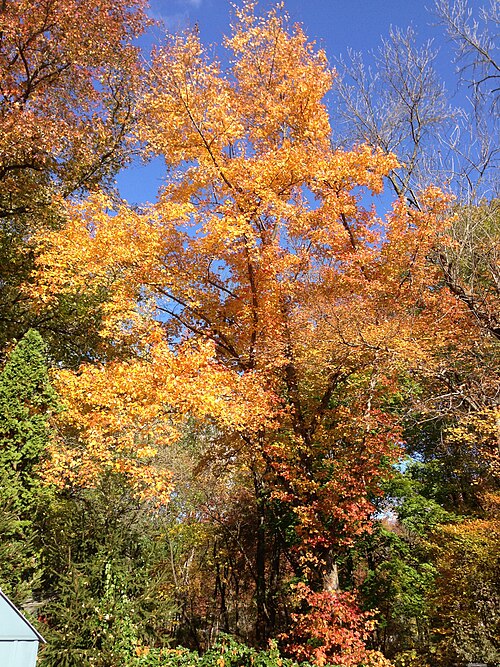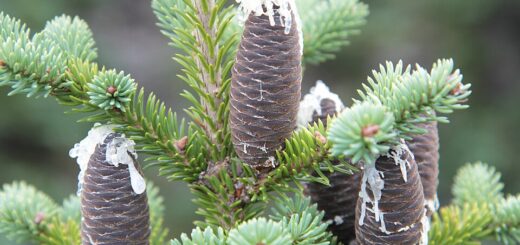Red Maple – Nature’s Fiery Masterpiece

If there’s one tree that captures the spirit of all four seasons in a single silhouette, it’s the Red Maple (Acer rubrum). From its vibrant scarlet leaves in fall to its delicate red buds in early spring, the Red Maple is a true icon of the North American landscape. It is also known as water maple, swamp maple, or soft maple
A Tree for All Seasons
Native to eastern North America, the Red Maple is one of the most widespread and adaptable deciduous trees on the continent. Whether you’re hiking in a damp swamp, strolling through a city park, or driving along a country road, chances are you’ve encountered this bold beauty.
Spring: Even before the leaves arrive, the Red Maple bursts to life with small red flowers that appear in late winter or early spring, providing an early food source for pollinators.
Summer: In summer, the tree is a lush green canopy, providing ample shade and cooling the ground beneath it.
Fall: This is when the Red Maple truly earns its name. Its leaves shift into a brilliant display of red, orange, and sometimes yellow, creating a showstopping autumn spectacle.
Winter: Even in the coldest months, the tree holds a kind of quiet grace, its red twigs and distinctive form standing stark against the snow.

Red Maple during autumn on Lower Ferry Road in Ewing, New Jersey – Creative Commons | Author: Famartin – Source: https://commons.wikimedia.org/wiki/File:2014-10-30_11_09_40_Red_Maple_during_autumn_on_Lower_Ferry_Road_in_Ewing,_New_Jersey.JPG
Why We Love the Red Maple
Aside from its obvious beauty, the Red Maple is beloved for several practical reasons:
Fast-growing: It grows relatively quickly, making it a favorite among landscapers and homeowners.
Resilient: It can thrive in a wide variety of soil types and moisture conditions.
Wildlife Friendly: The tree supports numerous species, from bees that gather nectar in spring to squirrels and birds who nest in its branches.
Fun Facts About Red Maples
– It’s often confused with Sugar Maple, but its leaves are more toothed and it’s less tolerant of dry soils.
– The wood is used for everything from furniture to musical instruments.
– Red Maple is one of the first trees to change color in fall and one of the earliest to flower in spring.

Specimen showing variation of autumn leaf coloration, Terrace Boulevard in Ewing, New Jersey – Creative Commons | Author: Famartin – Source: https://commons.wikimedia.org/wiki/File:2014-10-30_13_47_46_Red_Maple_during_autumn_along_Terrace_Boulevard_in_Ewing,_New_Jersey.JPG
Planting a Red Maple
Thinking of adding one to your yard? Red Maples can grow up to 40–70 feet tall, so they need room to spread. Plant in a spot with partial to full sun, and make sure the soil stays moist, though these trees are flexible, they do best in slightly acidic, well-drained soils.
A Symbol of Change and Resilience
In many ways, the Red Maple mirrors the human experience. It endures through harsh winters, blooms with promise in spring, provides shelter and shade in summer, and transforms into a blaze of color before its leaves fall, only to begin again. It’s no wonder poets, artists, and nature lovers alike find inspiration in its graceful form.
The Red Maple is more than just a tree, it’s a living celebration of the seasons. Whether you’re marveling at its autumn leaves or admiring its springtime buds, it’s a reminder of nature’s cycles, beauty, and resilience. Next time you see one, take a moment to appreciate all it represents.
References:
https://en.wikipedia.org/wiki/Acer_rubrum










